The Independent's journalism is supported by our readers. When you purchase through links on our site, we may earn commission.
Classic walking routes
From the famed Camino de Santiago to rugged Pyrenean routes, Mick Webb dons his hiking boots to take on Spain’s great trails
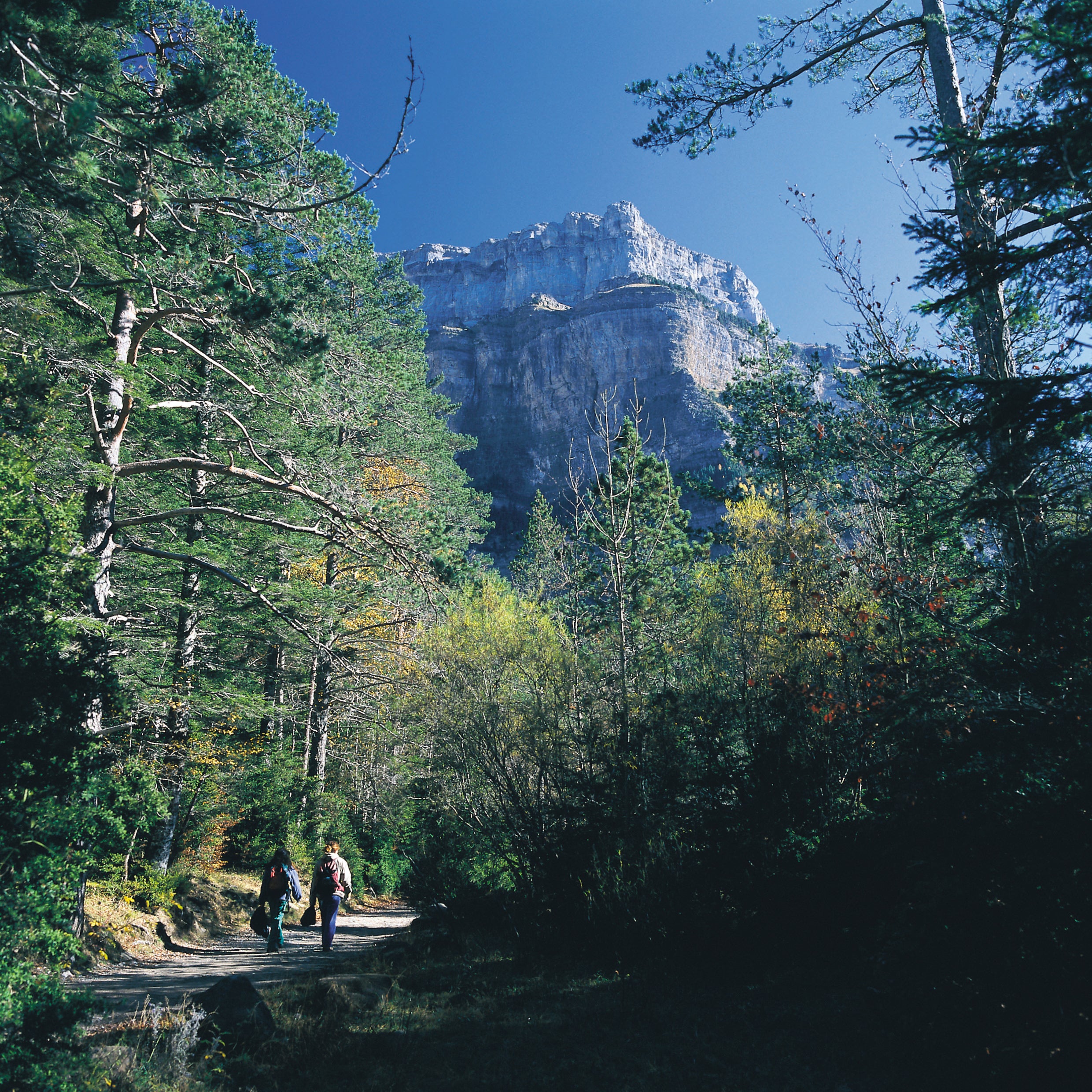
Your support helps us to tell the story
From reproductive rights to climate change to Big Tech, The Independent is on the ground when the story is developing. Whether it's investigating the financials of Elon Musk's pro-Trump PAC or producing our latest documentary, 'The A Word', which shines a light on the American women fighting for reproductive rights, we know how important it is to parse out the facts from the messaging.
At such a critical moment in US history, we need reporters on the ground. Your donation allows us to keep sending journalists to speak to both sides of the story.
The Independent is trusted by Americans across the entire political spectrum. And unlike many other quality news outlets, we choose not to lock Americans out of our reporting and analysis with paywalls. We believe quality journalism should be available to everyone, paid for by those who can afford it.
Your support makes all the difference.
It’s a simple pleasure but one that never fails to raise my spirits: the sight of the horizontal red and white stripes, painted on a pine tree, rock or fence post, which mark the route of one of Spain’s long-distance footpaths, the Grandes Recorridos.
With one shining exception, these routes are little known and little used, even by Spanish trekkers. The well travelled path is, of course, the emblematic pilgrims’ trail: el Camino de Santiago, also known as the GR65. It’s only one of 100 or so GRs (the best of which are noted here) that snake across the Spanish map, through mountains, over plains and beside rivers and coasts. They are based on ancient mule tracks, old drovers’ roads and historic footpaths used by shepherds, or as in the case of the GR92 along the Costa Brava, the paths used by smugglers and the pursuing customs officers.
The longest GRs are very long indeed – over 1,300km in the case of the Camino Natural del Ebro, which follows the course of Spain’s longest river from its source near the town of Reinosa in the Cantabrian mountains to its bird-rich delta between Barcelona and Valencia. It takes at least six weeks’ dedicated walking to complete the whole route. A similar commitment is required to complete Spain’s best mountain path, the GR11, which tracks the whole length of the Pyrenees, starting at Irún on the Atlantic coast and ending at rugged Cabo de Creus on the Mediterranean.
Completing one of these great treks in one go is a significant achievement but there are less demanding ways of enjoying the GRs. Because of the exceptional countryside they cross, and the (usually) good quality of their signposting, I have found them a great resource for weekend walks, week-long hikes or one-day jaunts. The GR10 is another astonishingly long trail which runs from Valencia to Portugal. En route, it crosses the Parque Natural del Alto Tajo, an imposing landscape of canyons, pine forests and towering red crags, each with its halo of vultures.
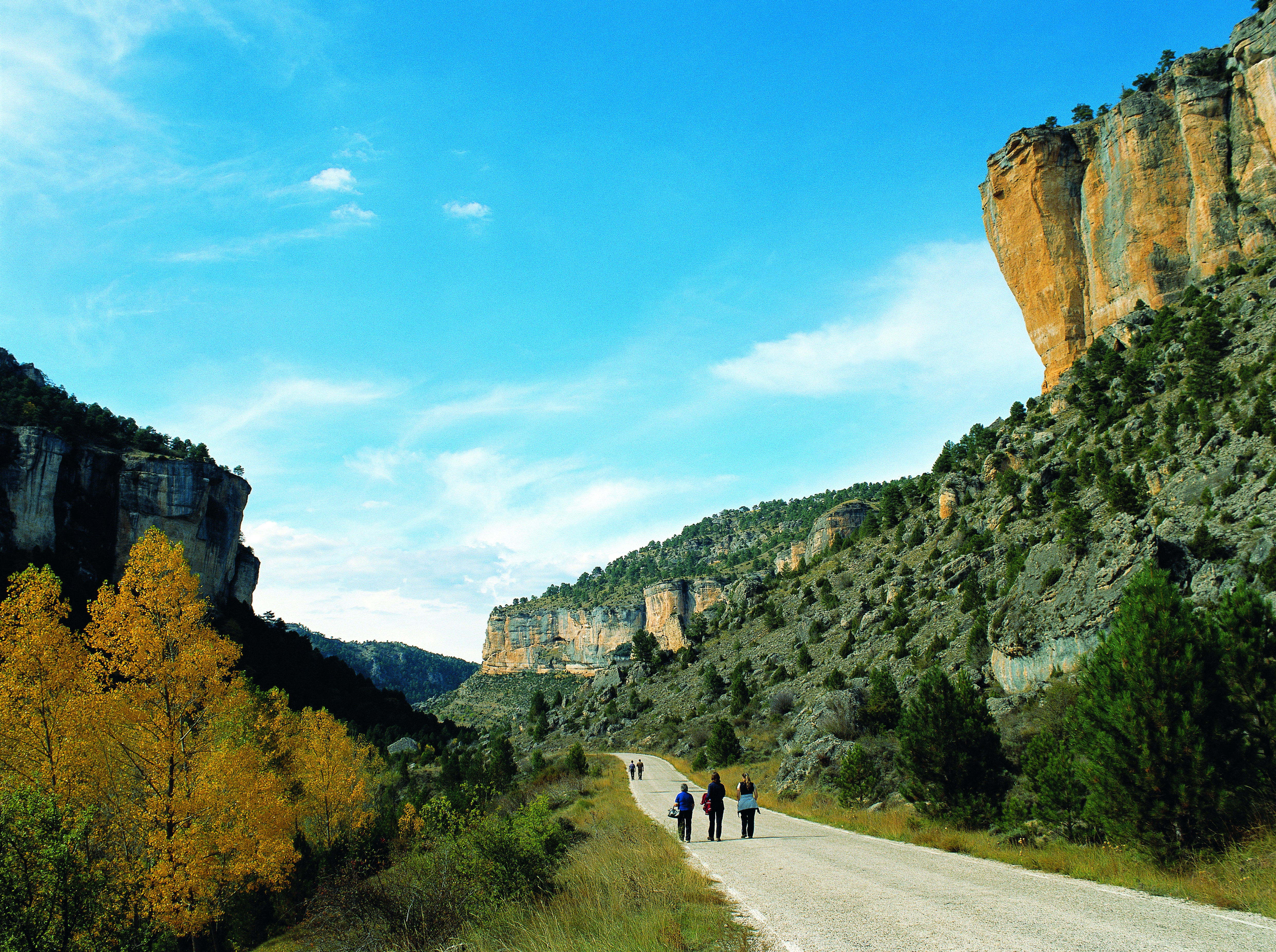
The mountain village of Poveda de la Sierra, equidistant between Madrid and Valencia, makes a good launching pad for exploring the Alto Tajo, and the Casa Parri (00 34 949 817 223; hospedajeruralparri.com; doubles €53) is a homely base. From here, on a warm late summer morning I set out on a path cushioned by pine needles, following the meanderings of the river Tajo. A hare rested by the track, confident in its camouflage, and fallow deer flitted through the pines, before thundering water announced the climax of the walk, the picturesque waterfall, el Chorro de Poveda.
With the exception of the high mountains, serious trekking in Spain is best kept for spring and autumn. Trudging across the landscapes of central Spain with its sun-blasted plains and dry river valleys became a poetic experience for Laurie Lee in As I Walked Out One Midsummer Morning, but it’s not what most of us want from a good walk.
Cicerone publishes reliable guides to some of the routes. Coming soon is a guide to the GR1, “el sendero histórico”, which crosses the north of Spain from Catalonia to Galicia. Explore (01252 883 593; explore.co.uk) offers a range of walking trips, including the Camino de Santiago. Of its gentler trips, the eight-day self-guided trip in Andalucia’s Sierra de Grazalema costs from £470pp including accommodation with breakfast, maps, route notes and luggage transfers but not travel to Spain. See senderosgr.es for useful information in Spanish.
El Camino de Santiago – GR65
The full-blown pilgrimage, which many walkers start at St-Jean-Pied-de-Port in the French Pyrenees, takes from five to six weeks to complete.
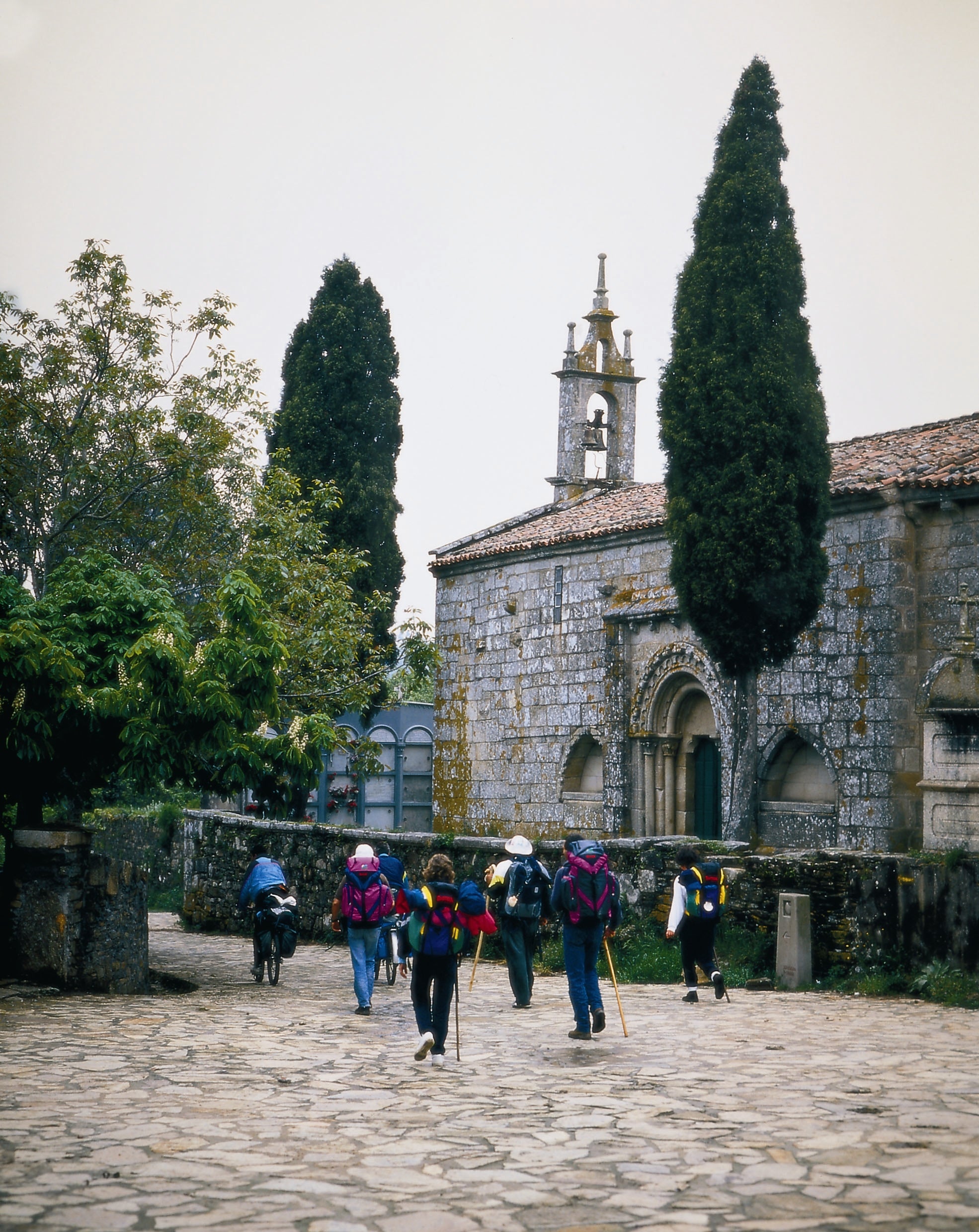
You cross plains and mountains on paths and roads, and pass some of Spain’s most beautiful religious buildings, staying at pilgrims’ hostels (marked with a shell symbol) and collecting stamps in your credencial or passport at each stop.
Several companies offer tapas-sized walking holidays along El Camino. Headwater Holidays (01606 822688; headwater.com) has a 12-night, self-guided walk between León and Santiago de Compostela from £1,288pp including hotel accommodation, breakfasts and evening meals, luggage transport and transfers. Flights to Spain are extra.
Shorter and much less crowded than the GR65 is the “English route” to Santiago, named after the British pilgrims who arrived by ship in the Galician ports of A Coruña (right) and El Ferrol. Start from the latter to gain the prized compostela, the pilgrims’ certificate for having covered more than 100km. The walk is divided into five stages and crosses traditionally farmed countryside with characteristic stone grain stores, horreos.
Details at spain.info
Costa Brava – GR92
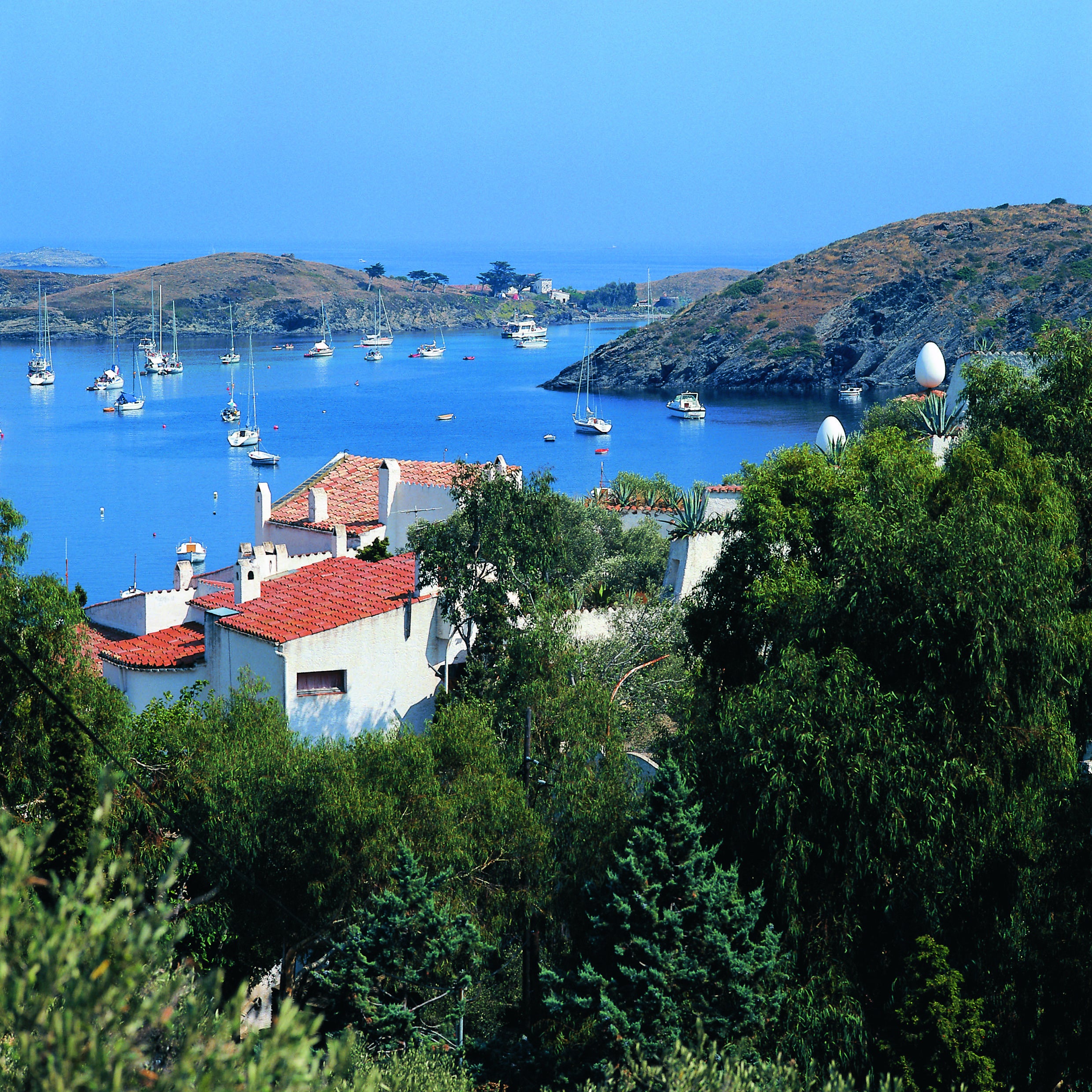
The Mediterranean Trail, the GR92, extends 583km from the French border at Portbou as far as Castellón – now on the Ryanair network from Stansted and Bristol. With easy access also from Girona, Barcelona and Reus airports, it is the most accessible GR.
You can experience the cliffs, coves and villages of the Costa Brava, panoramic views over Barcelona, the Roman remains of Tarragona and the eccentric décor of Salvador Dali’s museum-house at Port Lligat (left) near Cadaqués.
A particularly enjoyable taster of the path is the 10km stretch which links the villages of Calella and Palamós, via an undeveloped sandy beach at Platja de Castell.
The northernmost part of the route features in the walking holiday Collioure to Cadaqués, offered by Inntravel (01653 617002, inntravel.co.uk). Self-guided, with luggage transported between hotels, it costs from £775pp, which includes a week’s B&B, plus four dinners.
For further information, see catalunya.com
Pyrenees on the GR11
Spain’s trans-Pyrenean route plots a 840km course along the mountains from the Atlantic to the Mediterranean.
It is often wild, high and remote, with snow a significant factor outside the period between July and September.
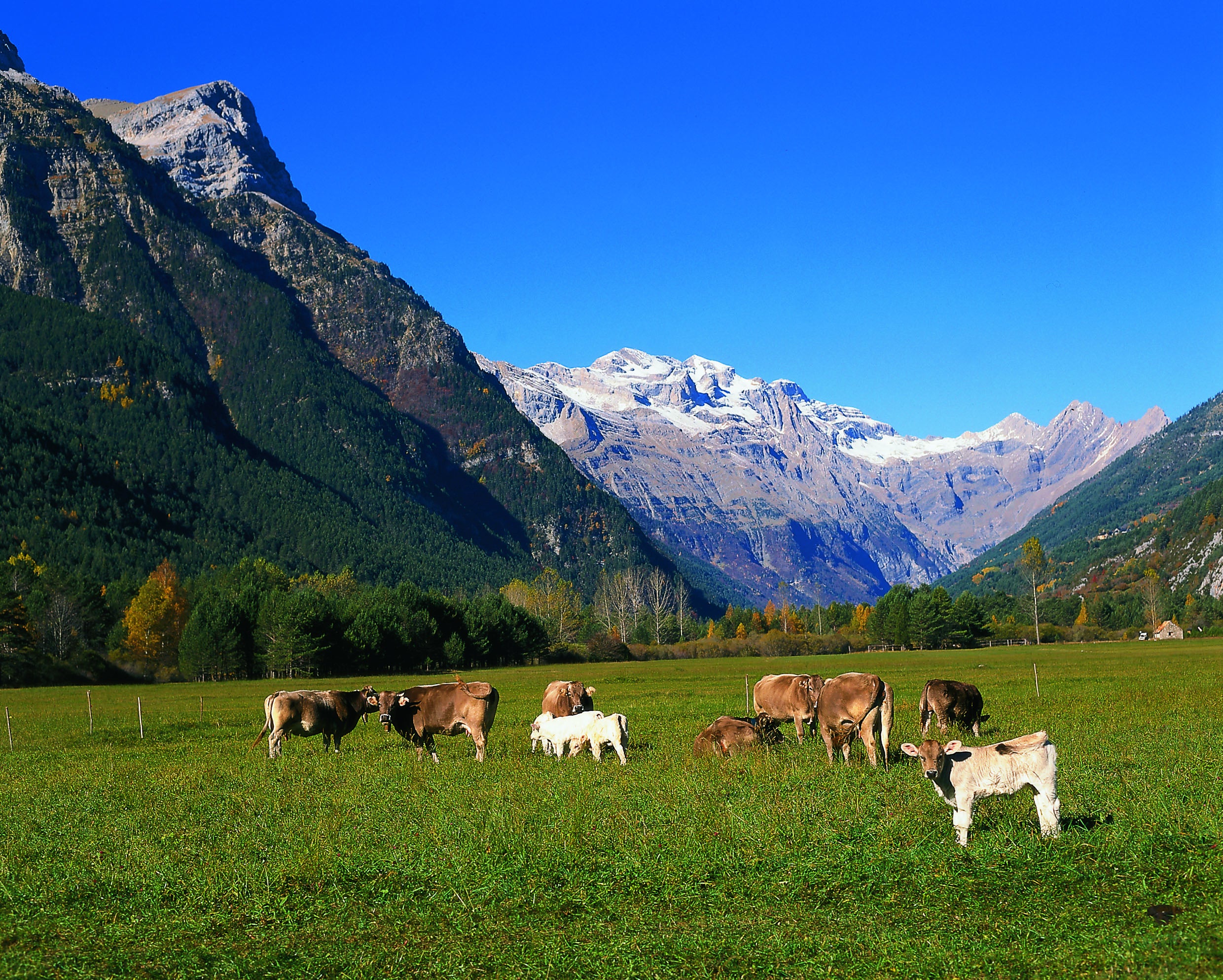
To walk the 45 stages takes anywhere between six and eight weeks, according to fitness and time at one’s disposal.
Accommodation, in the shape of hostels, refuges, huts and some hotels, is available but sometimes requires a detour, so a tent is a useful item of equipment. Among the shorter stretches worth trying are the seven stages which cross the beautiful Ordesa National Park (right) between Sallent del Gallego and Benasque, both of which have bus connections to Huesca (alosa.es).
Collett’s (01799 513331; colletts.co.uk) offers a seven-night, hotel-based walking holiday along five of these stages with luggage transported for £765pp, including meals and airport transfers but not travel to Spain.
The longest path of all – GR7
The GR7 stretches from Tarifa in the country’s south-western corner to Andorra in the north east. The stretches where the red and white signs have been refreshed provide some of the country’s most interesting trekking.

It is a fine way of seeing Andalucía: the 14 stages from Tarifa to Cómpeta (nearly 300km) cross the delightful and contrasting natural parks of Alcornocales, with its cork oaks, and Grazalema, cloaked in Spanish firs. Alternatively, the stretch through the Alpujarras, south of Granada, winds along the foothills of the Sierra Nevada with views of the highest mountain on the mainland, Mulhacén. A five-day walk takes you from the spa town of Lanjarón via Spain’s highest village, Trevélez, to Yegen. Bus connections with Granada are operated by Alsa (00 34 902 42 2242; alsa.es), tickets cost €5 to Lanjarón, €11 to Yegen.
See andalucia.org
El Camí de Cavalls – GR223
Created for defensive purposes, el Camí de Cavalls (the Horses’ Trail) extends right round the island of Menorca, hugging the coast as closely as it can. Officially opened as a GR in 2010, it has 20 sections averaging 10km each. The relatively short distances make it feasible to walk a stage in the morning, returning by the same route in the afternoon.
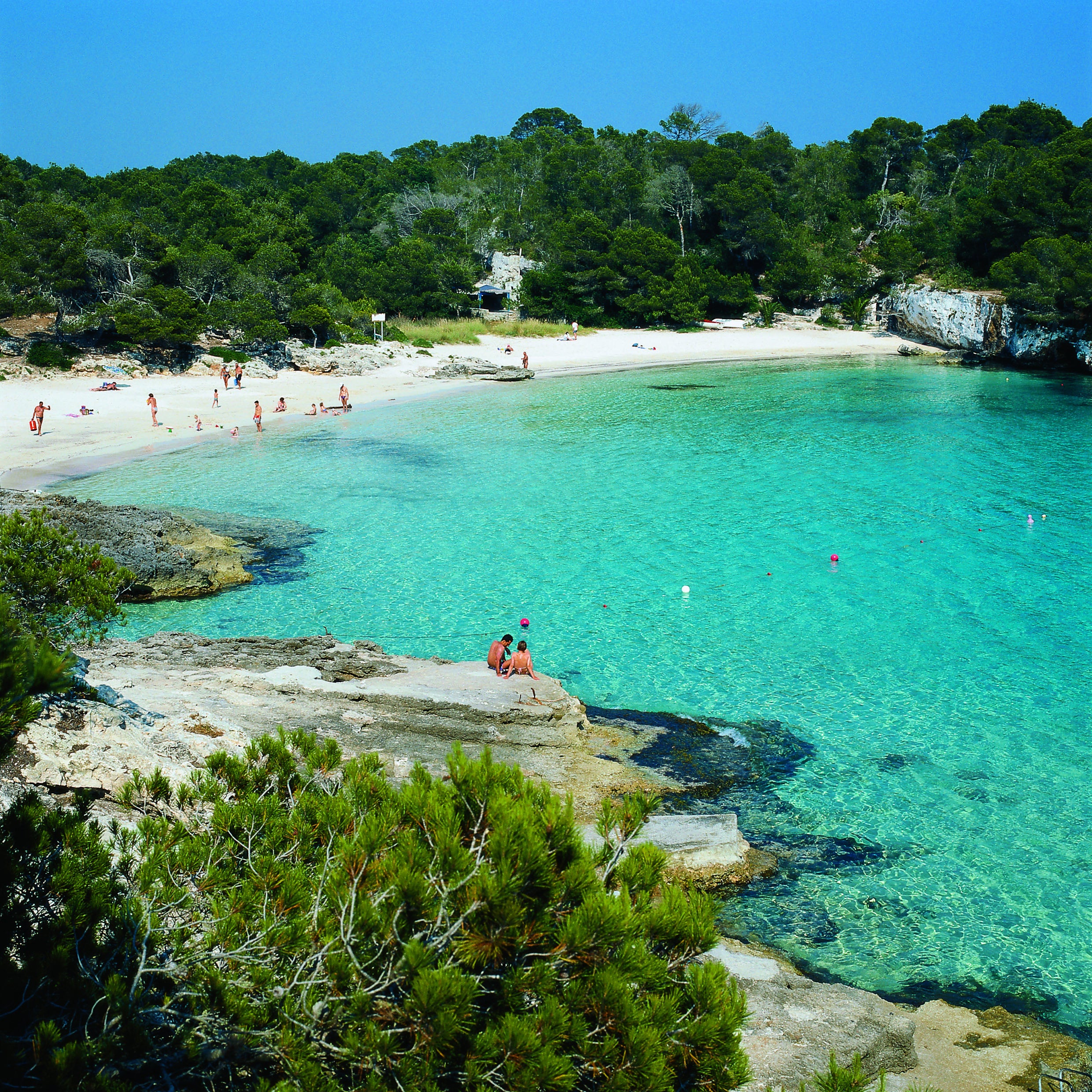
The GR223 links the island’s current and historic capitals, Mahón and historic, honey-coloured Ciutadella.
However the main attractions are natural: the stage between Cap de Favaritx and Arenal d’en Castell crosses the natural park of S’Albufera, a wetland whose abundant bird-life includes eagles, herons and nightingales.
In the south, the path provides access to the island’s best sandy coves, the most prized of which is stunning Cala Turqueta (left) – a cove that lives up to its name.
A guidebook, The Camí de Cavalls: The Tour of Menorca in 10 days, 20 stages, is published by Triangle Postals for €16.
For more, see menorca.es
Camino Natural del Ebro – GR99
Another great walking experience is to follow a river from source to sea, as is the case with El Camino Natural del Ebro (GR99), which runs parallel (with some deviations) to the course of the country’s longest river. Its 42 stages take in the whole gamut of Spanish landscapes, including deep canyons, craggy karst outcrops, oak forests, fertile plains and virtual deserts.
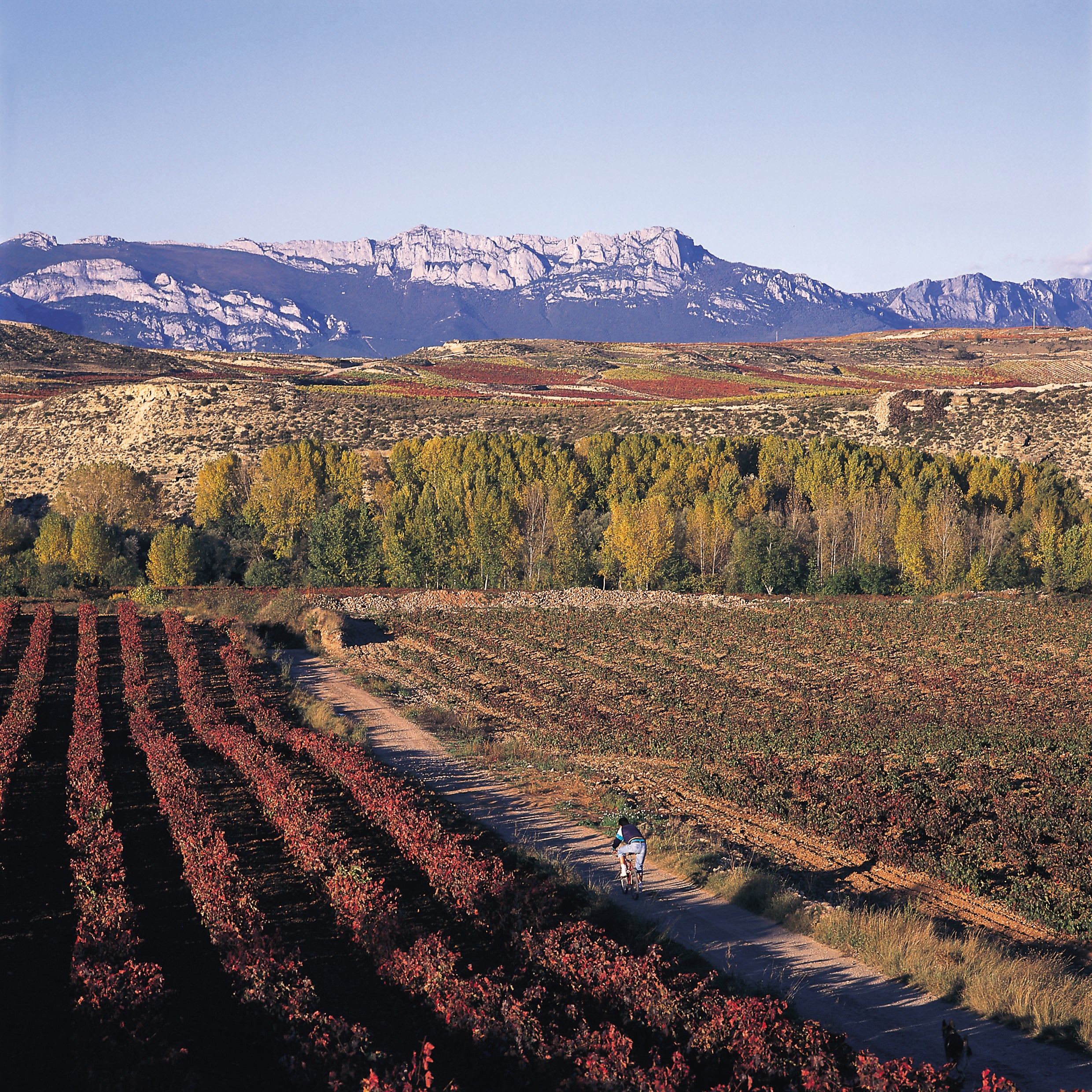
A section of the GR99 that has alternative routes and so lends itself to circular walks is the stretch between Miranda del Ebro and Haro; it crosses the vineyards (above) of some of Rioja’s finest wine producers, including Muga and Bodegas Bilbaínas.
Base yourself in Haro (an hour’s drive from Bilbao) and enjoy post-walk relaxation with a visit to one of the bodegas such as Roda, whose wine is aged in caves in the riverside cliffs. Hotel Arrope (00 34 941 304 025; hotelarrope.com) in Haro is a good base and has doubles from €83 without breakfast.
A comprehensive guide in Spanish to the GR99 is available at caminosnaturales.com/ebro
Join our commenting forum
Join thought-provoking conversations, follow other Independent readers and see their replies
Comments